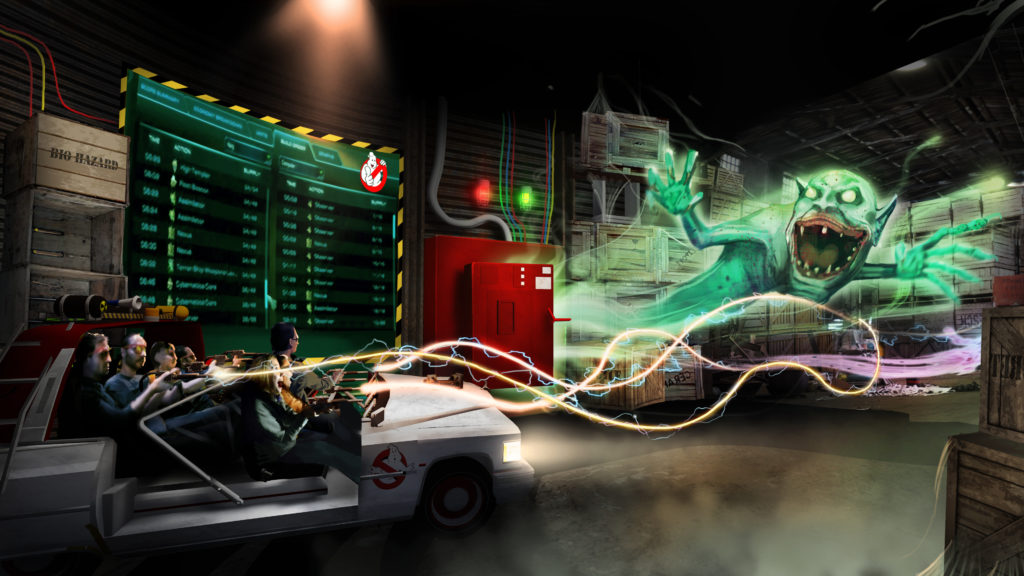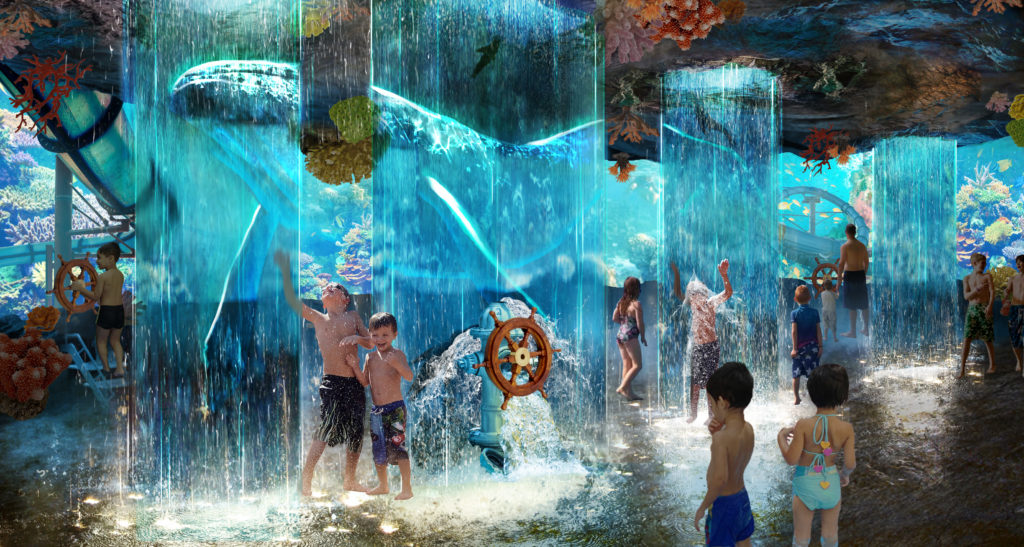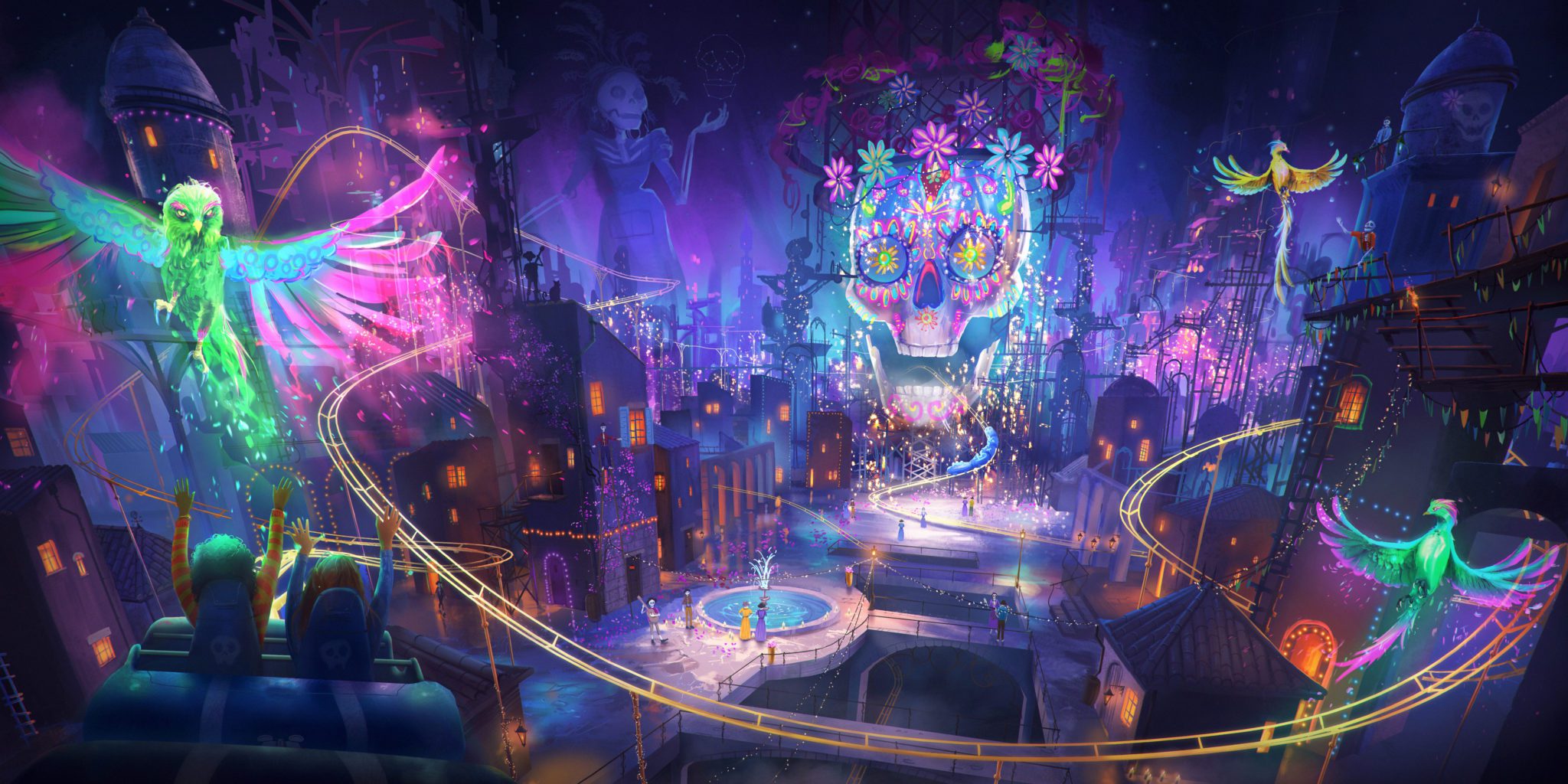Immersive Experiences have grown in popularity considerably over the years… and it’s not hard to see why! They provide an engaging, multi-sensory environment for the art of storytelling to truly unfold and come in so many different formats that there really is an immersive experience for everyone out there. But what goes into creating an immersive experience? In this article, SDC’s Art Director, Alexandria DaSilva discusses how to develop, create and design an immersive experience, and the challenges that come with it!

What is an immersive experience?
AD: An immersive experience is a unique platform for engaging storytelling. It’s an interactive 360-world that completely immerses the audience the moment they step into the world. A rich environment of authentic detail, innovative technology and intricate design fully expresses the storytelling experience.
How do you develop, create and design an immersive experience?
AD: The design process for an immersive experience is broken down into three stages – Concept Design, Technical Development and Fabrication/Installation.
The Concept Design stage will initially start with a kick-off meeting and design brief from the client. Some important aspects confirmed will be budget, opening date, expected attendance and target audience for the project. The creative brief is then moved into the research phase with a team of creatives, project managers, art directors and concept artists to produce a treatment that includes mood boards, narrative detail, concept masterplan, guest circulation plan and concept visuals. A dialogue is set up with the client for approval at certain stages before a final approval is signed off to move into Concept Development stage.
Once Concept Design is completely defined, we move into technical development, through Schematic and Detail Design, with a team of technical designers and CAD specialists. This stage locks down the accurate scale and dimension for the design layout, theming materials, technology, and fabrication requirements in a series of technical plans, elevations, and a 3D models with every specification of the project, defining every aspect of the experience design.
The final stage is fabrication and installation. Between set builders, scenic painters, prop makers and prop buyers, the rich detail is brought to life and carefully crafted. These elements are then moved onto site for installation with a team of set dressers, set carpenters, lighting crew and audio/visual crew. The immersive world is then ready for the audience to step into and enjoy!
How do you know when or not an attraction or ride is suited for this type of experience?
AD: I believe every attraction, ride or product can be suitable for an immersive environment. Especially if the goal is to achieve a positive bond between the product and the guest on a unique, fun and experiential journey. A unique impact will also create a strong marketing presence for the brand too!
What are the challenges that come with creating an immersive experience?
AD: There are a few common challenges when creating an immersive experience. These can be fitting the design to a challenging site or location, managing a programme to meet a deadline due to delays as well as possible budget issues if certain elements do not sync to the client vision and budget allowance. However, with all these possible challenges in place, a top-quality product will always be delivered with a talented and passionate team in place.
Is there a different design approach depending on if it is a theme park, attraction or FEC?
AD: The main foundations of the design process will remain the same, however the visual language and presentation will differ to culturally reflect the client’s international base and the location of the immersive experience.
What are the benefits of immersive experiences when it comes to storytelling?
AD: As an experience provider, the goal is to achieve an enjoyable, heightened experience for the audience that is unique and strong. Immersive storytelling is the best tool to accomplish this as it provides an engaging, multi-sensory environment for the art of storytelling to truly unfold. A successful immersive experience will have a memorable, lasting impact on the audience and create a positive connection.
What sort of technologies are generally used when creating an immersive experience?
AD: Using innovative technology is an important element in the design to translate the story into an unforgettable experience. Used in a clever way, technology will be integrated into the set design seamlessly so that the audience organically engage with it on a multi-sensory level. Types of technology will include special effects such as fog, wind, water, scent and audio/visual products like premium projectors, augmented reality, virtual reality and cutting-edge sound systems. Interactive technology can also be utilised to enhance the personal experience of the audience.
Immersive experiences have grown considerably over the years. Why are they so popular with consumers?
AD: I think the popularity of immersive experiences is down to the modern audience’s reaction to products. We live in a fast-paced world with ground-breaking events and everyday interactions with technology that demands an impactful action to attract a response. Immersive experiences go to the next level of storytelling to take audiences out of their comfort zone to a place they haven’t been before – a captivating journey that triggers the senses and encourages a sense of exploration in a world they feel part of.
What is the longevity of an immersive experience? Are they permanent, or can they easily be modified/changed?
AD: The longevity of an experience is based on the initial design approach and client brief. For example, an immersive cinematic event is designed to be a short-term experience. More permanent immersive experiences will be designed in a way that can be modified with new technology or storytelling amendments. Overall, a successful experience, short term or permanent will have an everlasting, memorable effect on the audience.
What do you think the future holds for immersive experiences?
AD: I believe the future for immersive experiences will only become stronger, more exciting, and more easily accessible. Growing audience engagement will encourage designers and technology to push the boundaries of storytelling for an enjoyable, thought provoking adventure.

Over the past few years, we have really noticed the rise in popularity for immersive experiences. At Scruffy Dog, we are getting more requests than ever from clients who want new immersive experiences for their consumers, who expect a sense of immersion in every ride, attraction or experience they take part in. Technology is constantly evolving, and for this reason we believe that the possibilities for immersive experiences are endless. What is ground-breaking today may become the norm tomorrow, so creative companies like ourselves need to be constantly on the lookout for new technologies that may change the face of immersive experiences forever!
We have vast experience in developing Immersive Experiences and have worked with several well-known IPs such as Ghostbusters, The Walking Dead, Lego, How to Train Your Dragon, Octonauts, and The Gruffalo. Currently, we are finalising I’m a Celebrity… Jungle Challenge which is set to open in the UK this year and more recently we have been working with Mattel on several upcoming attractions, so watch this space!

